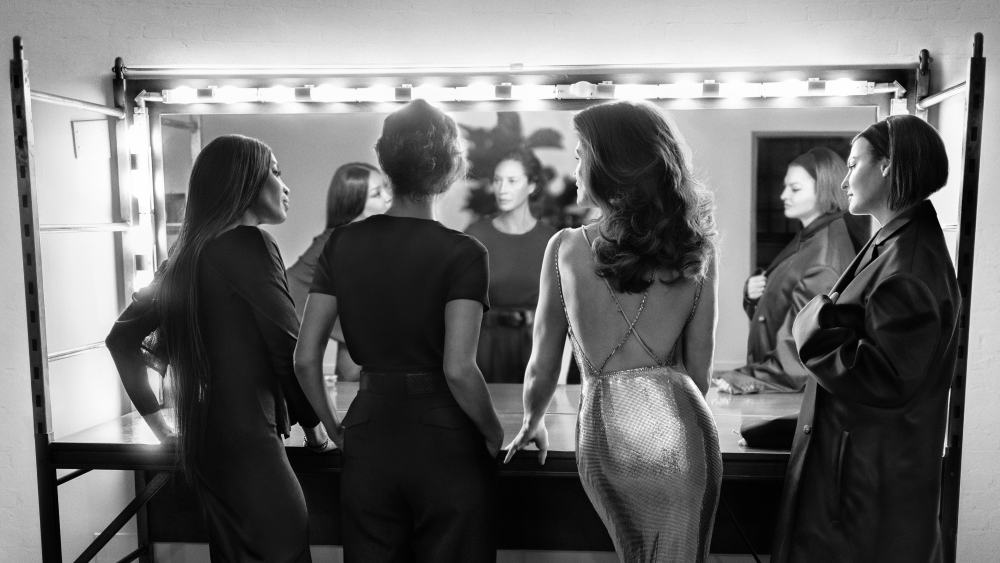Though beauty is subjective, some images, portraits and spaces are so exquisite that they become timeless, forever solidified in the imagination of popular culture. The perfect image brings in consumers. Since advertising began, models have always held a place in society. Yet, during the late ’80s and the ’90s, one group of models transcended fashion to become icons.
In the new Apple TV+ docuseries “The Super Models,” co-directors Roger Ross Williams and Larissa Bills examine the careers of legends Naomi Campbell, Cindy Crawford, Linda Evangelista and Christy Turlington. Four very different women from varied backgrounds began their journeys as teens, later leaping off the pages of magazines and onto global runways. As they became more powerful and recognized outside the fashion industry — even as society started to press back against unrealistic beauty standards — they learned to speak up for themselves and each other during an era in which women were still tethered to silence.
In Episode 1, titled “The Look,” the ladies discuss their entry into the modeling world. Campbell was a dancer, and was spotted on the streets of London. Crawford’s break came through modeling in high school for a local Chicago photographer and landing a bra ad for Marshall Field’s department store. Turlington was discovered at age 14 during an after-school visit to a local barn. Evangelista, the self-proclaimed rebel of her family, was the only one to seek out modeling. Eventually, the four would cross paths and reshape what it meant to be a model.
Much of “The Super Models” works like a straightforward documentary. Evangelista, Crawford, Campbell and Turlington address the camera, recalling defining moments in their careers. Fashion-world figures such as designer Marc Jacobs and model Bethann Hardison offer insight to flesh out the women’s stories, providing context about the state of the industry three decades ago — how the culture zipping around it helped shape the runways and the fashion and beauty businesses as we know them today. Additionally, Williams and Bills interweave stunning archival footage of their subjects, and of designers like the late Gianni Versace and Azzedine Alaïa. Indeed, the docuseries’ magic is its ability to transport the viewer back in time, showcasing photos, the models’ appearance in Geoge Michael’s “Freedom! 90” video, New York City’s ill-fated Fashion Café and the intrusive mania that existed behind the scenes at fashion shows.
Beauty is one thing, but Episode 2, “The Fame,” really unpacks the misogyny and sexism the four encountered while trying to break through and sustain their careers. They recall invasive and demeaning incidents at the hands of managers and agents who attempted to strip them of their bodily autonomy and agency. Campbell also dealt with rampant racism. Instead of muting the women, these collective experiences cemented the bond among them, empowering them to speak out, even when that came at a significant cost. Knowing their worth propelled the stars to the status of supermodels as they shattered barriers, including ageism and pay caps.
But squeezing four expansive careers into the confines of a four-hour series is a tall order. Perhaps because the fashion legends also serve as executive producers on “The Super Models,” they only touch on the challenges in their lives off the runway, including abuse, depression, addiction, health problems and loss. Just as the audience delves into one supermodel’s recollections, the camera shifts to the next, leaving unanswered questions. “The Super Models” could have easily expanded into four individual in-depth docuseries. But perhaps that’s the point. Their images have been commodified for so long, it’s only fitting they told their story on their terms.

